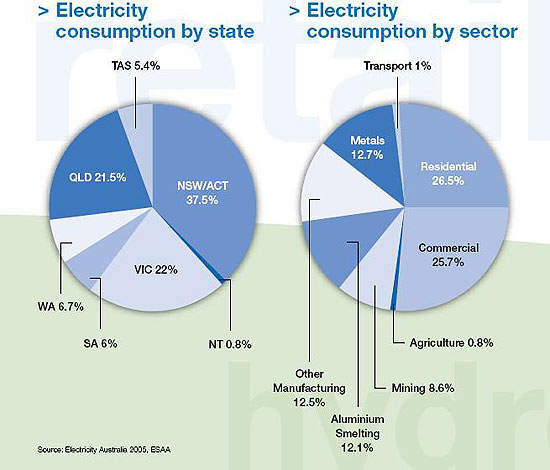Laverton North natural gas power station is now producing 320MW in Victoria, Australia. The station is owned and operated by Snowy Hydro Limited and was built by Siemens. It is located on an industrial site approximately 15km west of the Melbourne Central Business District. The construction period is 14 months. Initial civil works started in October 2004, and the plant was commissioned in December 2006.
Siemens secured the complete engineering, procurement and construction (EPC) contract from Snowy Hydro, which will own and operate the Laverton North power plant on completion. Siemens had responsibility for project design, project management, supply of critical gas turbines and electrical equipment, implementation of all technologies, and final commissioning of the power plant. The company used local contractors for much of the work.
GROWTH IN VICTORIA’S SUMMER DEMAND
The power station is helping to meet the growth in Victoria’s summer electricity demand. It comprises two new open-cycle gas-fuelled turbines fuelled by gas supplied across a new pipeline connection to the existing Brooklyn-Lara gas pipeline. Laverton North significantly increased Snowy Hydro’s generating capacity, which is now over 4,300MW.
The station is normally operated remotely from Snowy Hydro’s central control room in Cooma, NSW, but with full local control.
Laverton’s construction was affected by industrial disputes, with the Federal Court eventually ruling that an industrial action campaign was unlawful. Additional pressure was placed to complete the project in 2005, after in December 2004 the MV Palmyra lost its rudder in a storm in the Great Australian Bight.
The cores and windings of six 200t Siemens transformers for the associated Basslink project (an A$780m, 360km connection from Tasmania to the Victorian power grid) were damaged.
In May 2007 Snowy Hydro applied for an emergency extension of operating hours because a drought had affected hydro energy supplies. Coal-fired power stations had previously also been forced to buy emergency water supplies.
The original licence only allowed Laverton to work 10% of the year. Under an interim order, the power plant had to close on weekdays from 8am to 5pm. The enforcement order from the Victorian Civil and Administrative Tribunal was removed in July 2007.
V94.2 GAS TURBINES FOR LAVERTON
The power station has two Siemens’ V94.2 gas turbine generator sets delivering 320MW. Natural gas is the primary fuel and distillate (ultra low sulphur diesel) available for on-site back up. Siemens supplied the turbines, generators, transformers, exhaust systems, control systems and managed all civil works associated with the project.
The V94.2 has been a major part of the Siemens V-series gas turbine fleet for 50Hz grids, although it has now been replaced by the SGT5- PAC 2000E. The generator itself can be used in single- and multi-shaft combined cycle, simple cycle, cogeneration and integrated coal gasification combined cycle.
Incremental design improvements have increased output and efficiency from an original 112MW at 31% to 163MW at 34.5%. A number of packages define a versatile upgrade path for plant producers to increase output.
POWER AUGMENTATION
Power augmentation measures like classical water / steam injection or modern wet compression provide additional gas turbine power output for the V94.2 during peak periods. Unlike classical water / steam injection into the combustion chamber, which results in a drop in efficiency, the wet compression method has demonstrated significant efficiency improvements for the V94.2 in simple cycle.
Short startup times and fast responses to grid demands allow frequency stabilisation. The model can burn a variety of fuels – from low- to high-caloric gaseous and / or liquid fuels to treated heavy oil – with extremely low emissions. The V94.2 is therefore equipped with the Siemens Hybrid Burner System for single- or dual-fuel operation.
The moderate turbine inlet temperatures of the V94.2 result in extended maintenance intervals of up to 41,000 equivalent operating hours (EOH), high availability and low life-cycle cost.
LAVERTON PROVIDES PEAK LOAD POWER
This was the third major power station contract for the Australian Siemens business in 2004, along with the 260MW Kemerton (Western Australia) natural gas power plant and the 750MW Kogan Creek (Queensland) coal-fired power plant.
As with the Kemerton project, Laverton North is a peak load power plant which can be rapidly activated during times of peak power demand. This contrasts with Kogan Creek which will be a base load power station, running continuously.
Snowy Hydro is owned jointly by the Commonwealth, Victorian and NSW governments. There were plans for its privatisation but these were dropped in 2006.







